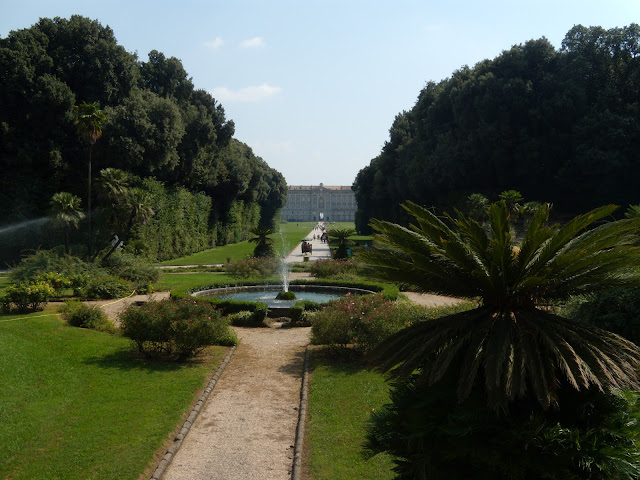 |
| The nuts and bolts of Classical Culture in the Amtrak Train Station under Washington, D.C. |
Lessons I learned from my summer in Italy in 2010:
- Upper-class Romans had a less firmly delineated concept of public vs. private spaces than we do. Business was transacted from the home quite often, with clients coming to the door at dawn. There were also no separate spaces for children, making Roman homes very different from our modern homes.
- Masters' spaces were delineated from the slaves' spaces in the homes in a clear manner through the use of decoration, which also emphasized the importance and the tastes of the master and his family.
- Public spaces such as public buildings, public works, venues of entertainment, temples, and even tombs could be used to promote the needs of and to publicize the “private” family through inscriptions, sculpture, etc.
- There was more of a middle class and a working class in ancient Roman society than I realized. There was also more social mobility than I used to think, although most people probably were born poor and died poor.
- Archeologists like to find drains to find out what Romans ate and about their daily life from what they flushed down the drains. Eww, but true!
- Capri and Ischia are two of the most beautiful and pleasant places on earth. I would like to learn more about Axel Munthe.
- The war-like Samnites gave the Romans more of a problem in its Republican history than I ever realized. Samnite tomb paintings foreshadow the Romans' love of beast-hunts and bloody gladiatorial games.
- I am tougher than I and even other people think. Fellow participants expressed their doubts I would make it through the whole program with my injured knee. But I did, and I'm stronger for it. I even made it to the top of Mt. Vesuvius and into the substructure of the Amphitheater at Capua by the end of the trip, adventures I didn't dare attempt at the beginning.
- Italy seems less crime-prone than when I last stayed for an extended time in 1988. I heard fewer tales of members of the group being ripped off by taxi drivers or robbed by pickpockets. I saw NO bands of Gypsy children roaming in large groups with boxes or newspapers over their arms to pickpocket tourists, although I saw Gypsies in small “family” groups or older individuals begging. I'd love to know the reasons behind the change in tactics.
- I should have memorized the PIN numbers of ALL the credit and debit cards I carried with me, just in case I needed cash. Which I did.
- An unlocked Italian cell phone with a SIMS card is a nice thing to have. But don't activate it by sending in your passport information until right before the trip because the TIMS company will start charging you money before you even arrive in Italy, wasting money and losing out on service. Or just pay the minimum and rely on free incoming and emergency phone calls with no outgoing calls, like I eventually did.
- Don't put tildes in any of your passwords before you go to Europe. It's impossible to find them on the keyboards there, which I guess is why it's a good security feature in one's passwords at home.
- Others may be stronger at remembering names, dates, and historical details than I am, but I'm a strong Latinist. I liked having the opportunity to sight-read Latin this summer. I also got better at reading inscriptions and, to a lesser extent, graffiti.
- My son, Matthew, is growing up to be a fine young man and good company.
- A guest house or casa per ferie in Italy can be just as nice as a hotel, cost less, and support a cause. Some even have free internet connections.
- My favorite spot to stay in Rome is the Hotel Villa Rosa in Trastevere, although I'd like it even better if it had internet access, preferably included.
- I want to learn even more Italian if I ever have reason to come back here again.
- The Romans believed in peace, but they thought that peace could only come at the end of a sword. And that sword might as well be theirs.
- There are nice people everywhere, and most people are nice.
- Don Burke is the best friend I've ever had. (PS: He later became my husband!)
- I want to travel some more. But having said that:
- There's no place like Rome, but there's no place like home.
If you enjoy these adventures and would like updates on my other travels near and far from home, follow me at http://mlbstravels.blogspot.com/, If you would like to your Italy in July of 2018, click here for tour information.























